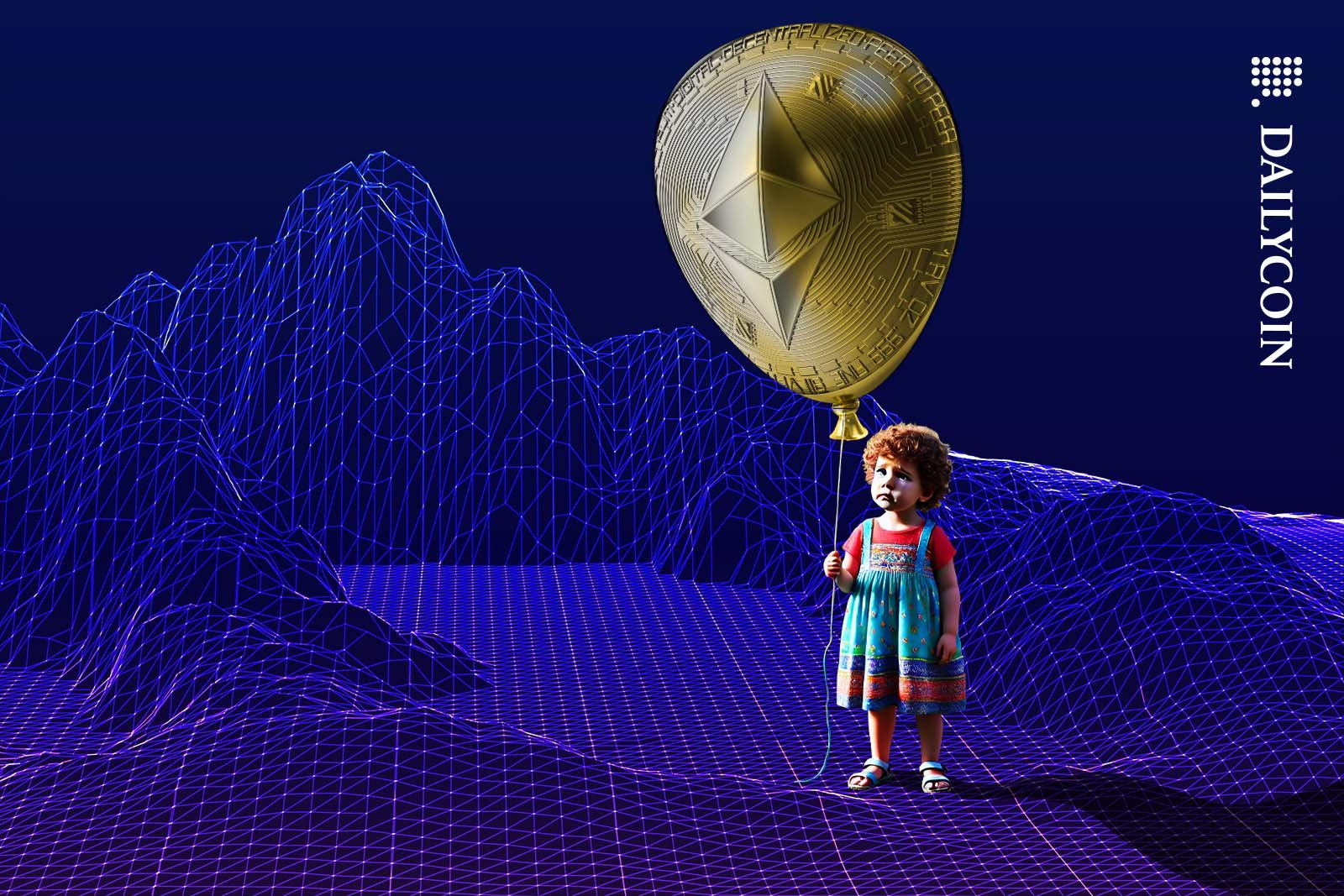
- Ethereum is experiencing its longest inflationary spell since The Merge.
- The inflationary surge follows the network’s recent Dencun upgrade.
- The recent run has put ETH’s ultrasound money narrative in doubt.
“If capped-supply BTC is sound money, decreasing-supply ETH is ultrasound money,” were the words of prominent Ethereum Researcher Justin Drake on September 10, 2020, which kicked off Ethereum’s ultrasound money meme.
At the time, the network was planning to undergo a monumental upgrade dubbed The Merge. This upgrade would see ETH, the network’s native token, become deflationary by combining a reduced token issuance with its existing burn mechanism introduced with EIP-1559.
Sponsored
Despite the transition’s initial success in meeting that promise, the past two months have seen Ethereum’s longest inflationary run. Is this the new reality for the megachain? Is the “ultrasound money” narrative now dead?
Ethereum Experiences Longest Inflationary Run Post-Merge
73 days.
According to data from Ethereum token issuance tracker ultrasound.money that is how long Ethereum has been inflationary—the longest streak by far since The Merge. During this period, the asset supply has increased by over 113,000 ETH, worth about $381 million at current rates.
This inflationary trend kicked off on April 14, roughly one month after Dencun, the Ethereum network’s most recent upgrade, which dropped fees on Layer 2 chains by introducing blobs for more efficient data availability.
Sponsored
With a fixed token issuance, the rate of Ethereum’s inflation is controlled by token burns, which are taken from the network’s base fees. When the burn rate is higher than the issuance rate, Ethereum is deflationary and vice versa.
The burn rate itself is a direct result of network activity. The higher the network activity, the higher the demand for block space, leading to higher fees and burns. Following the Dencun upgrade, however, the process has become more nuanced, with a structure that favors lower fees and lower burns as a result.
Ultrasound Money No More?
With more efficient data availability, the level of network activity needed to trigger a significant spike in fees and burns is now significantly higher. Citing this shift in a May 2024 report, crypto analytics platform CryptoQuant argued that the ultrasound money narrative was effectively dead.
"We conclude that, at the current rate of network activity, Ethereum will not be deflationary again, the narrative of 'Ultra sound' money has probably died or would need much more higher network activity to come back to life," the firm wrote.
The ultrasound money status debate comes at a critical time. With the near launch of ETFs for trading, the industry wonders how ETH can be sold to Wall Street as an investment.
On the Flipside
- While Ethereum may no longer be ultrasound money, data suggests value is better preserved under the reduced issuance brought with PoS. Over the past year, ETH’s supply has dropped by over 343,000 ETH, worth over $1.15 billion at current rates. If the network were still using a PoW mechanism, this supply would have increased by over 6.7 million ETH, worth over $22.8 billion, representing an annual inflation rate of about 3.3%.
- Ethereum could theoretically become deflationary again if it sees sustained significantly high network activity. However, the corresponding spike in fees could make the chain unusable for everyday users.
- Increased staking activity could still create a semblance of ETH scarcity despite continued inflation.
Why This Matters
The ultrasound money narrative has been used as an argument in favor of the institutional adoption of ETH. The potential death of this narrative raises a question of what the investment thesis for ETH would be.
Read these for more on Ethereum:
Ethereum ETF Applications’ Going Smoothly’ Says Gensler
Ethereum ETFs on Track for July 2? New Filing Fuels Confidence


